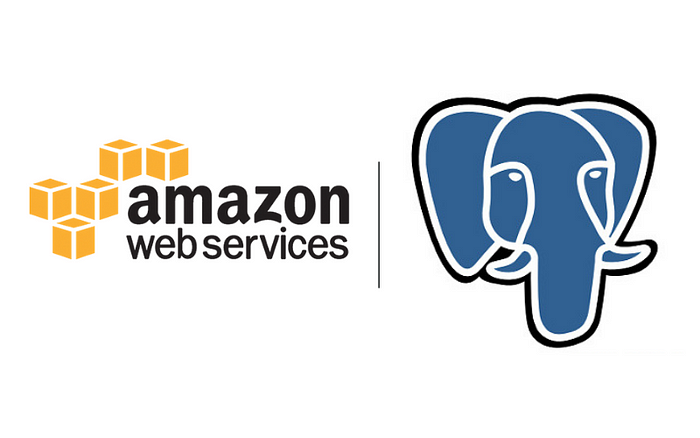AWS Postgres Pricing Comparison

Maybe you’re looking to use PostgreSQL in your AWS environment — if so, you need to make sure to evaluate pricing and compare your options before you decide. A traditional “lift and shift” of your database can cause quite a headache, so your DBA team likely wants to do it right the first time (and who doesn’t?). Let’s take a look at some of your options for running PostgreSQL databases in AWS.
Option 1: Self-Managed Postgres on EC2
If you’re currently running your databases on-premises or in a private cloud, then the simplest conversion to public cloud in AWS is to stand up an EC2 virtual machine and install the Postgres software on that VM. Since PostgreSQL is open-source, there’s no additional charge for running the software, so you’ll just be paying for the VM (along with associated costs like storage and network transfer). AWS doesn’t have custom instance sizes, but they have enough different sizes across instance families that you can find an option to match your existing server.
As an example, let’s say you’d like to run an EC2 instance with 2 CPUs and 8 GB of memory and 100GB of storage in the us-east-1 region. An m5.large system would work for this, which would cost approximately $70 per month for compute, plus $10 per month for storage. On the plus side, there will be no additional costs if you are transferring existing data into the system (there’s only outbound data transfer costs for AWS).
The biggest benefit of running your own EC2 server with Postgres installed is that you can do any configuration changes or run external software as you see fit. Tools like pgbouncer for connection pooling or pg_jobmon for logging within transactions requires the self-management provided by this EC2 setup. Additional performance tuning that is based on direct access to the Postgres configuration files is also possible with this method.
Option 2: AWS Relational Database Service for Hosted Postgres Databases
If your database doesn’t require custom configuration or community projects to run, then using the AWS RDS service may work for you. This hosted service comes with some great options that you may not take the time to implement with your own installation, including:
- Automated backups
- Multi-AZ options (for automatic synchronization to a standby in another availability zone)
- Behind-the-scenes patching to the latest version of Postgres
- Monitoring via CloudWatch
- Built-in encryption options
These features are all fantastic, but they do come at a price. The same instance size as above, an m5.large with 2 CPUs and 8 GB of memory, is approximately $130 per month for a single AZ, or $260 per month for a multi-AZ setup.
Option 3: Postgres-Compatible AWS Aurora
One additional option when looking at AWS Postgres pricing is AWS Aurora. This AWS-created database option is fully compatible with existing Postgres workloads, but enables auto-scaling and additional performance throughput. The price is also attractive, as a similar size of r5.db.large in a multi-AZ configuration would be $211 per month (plus storage and backup costs per GB). This is great if you’re all-in on AWS services, but might not work if you don’t like staying on the absolute latest Postgres version (or don’t want to become dependant on AWS).
AWS Postgres Pricing Comparison
Comparing these costs of these 3 options gives us:
- Self-managed EC2 — $80/month
- Hosted RDS running Postgres in a single AZ — $130/month
- Hosted RDS running Postgres in multiple AZ’s — $260/month
- Hosted RDS running Aurora in multiple AZ’s — $211/month
Running an EC2 instance yourself is clearly the cheapest option from a pure cost perspective, but you better know how to manage and tune your settings in Postgres for this to work. If you want your database to “just work” without worrying about losing data or accessibility, then the Aurora option is the best value, as the additional costs cover many more features that you’ll wonder how you ever lived without.
Originally published at www.parkmycloud.com on July 18, 2019.
